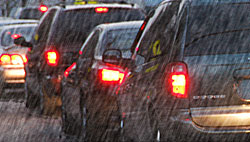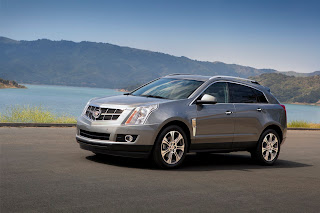 A New Year's Resolution is a commitment someone makes to a project or the reforming of a habit, often a lifestyle change that is usually interpreted as advantageous.
A New Year's Resolution is a commitment someone makes to a project or the reforming of a habit, often a lifestyle change that is usually interpreted as advantageous.
Sound familiar? With that in mind, how about making a commitment to caring for our vehicles. This is a really good resolution! We as individuals will spend a lot of time commuting and traveling in our cars, trucks and SUVs, but how much time do we spend making sure that our vehicles are cared for properly?
If we resolve to spend a little time doing routine car care, the less money we will have to spend at the dealership getting the vehicle fixed. Vehicles that are not kept up are usually the first ones at the shop needing major repairs.. Neglecting regular car maintenance and repair ultimately costs more time and money down the road.To keep it simple:
Maintenance Check Under the Hood
Inspecting fluid levels - find where to check them at and what the level should be ( usually well marked on the stick or container). BE CAREFUL of what products you use when you top off a fluid level. Use only manufacturers recommended products.
Belts and hoses, This is a physical inspection. Belts should look good, with no cracks or fraying on the belts and hoses - Do you see leakage under your vehicle, where is it coming from? This is an important sign of problems. Make a habit of looking under your car before you get in - it may save you a lot of trouble, later.
Tire pressure and condition - it has been said before. Check tire pressure on a regular basis - Check them when they are cold, because as they warm up the tire pressure will change..
Disadvantages of Underinflation
An underinflated tire can't maintain its shape and becomes flatter than intended while in contact with the road. If a vehicle’s tires are underinflated by only 6 psi it could lead to tire failure. Additionally, the tire’s tread life could be reduced by as much as 25%. Lower inflation pressure will allow the tire to deflect (bend) more as it rolls. This will build up internal heat, increase rolling resistance and cause a reduction in fuel economy of up to 5%. You would experience a significant loss of steering precision and cornering stability. While 6 psi doesn’t seem excessively low, remember, it usually represents about 20% of the tire’s recommended pressure.
Disadvantages of Overinflation
An overinflated tire is stiff and unyielding and the size of its footprint in contact with the road is reduced. If a vehicle's tires are overinflated by 6 psi, they could be damaged more easily when running over potholes or debris in the road. Higher inflated tires cannot isolate road irregularities well, causing them to ride harsher. However, higher inflation pressures usually provide an improvement in steering response and cornering stability up to a point. This is why participants who use street tires in autocrosses, track events and road races run higher than normal inflation pressures. The pressure must be checked with a quality air gauge as the inflation pressure cannot be accurately estimated through visual inspection.
Also be sure to get your tires rotated every 6,000 - 8,000 miles or as specified by the vehicle's owner manual.
These are very simple yet very important checks to perform.
Being diligent in regular vehicle maintenance provides for a better performing vehicle with far less unanticipated repairs.
In other words..... If you take care of your car, your car will take care of you.
Good New Years Resolution? Make a commitment to saving on car repairs and saving money.
Happy Motoring














